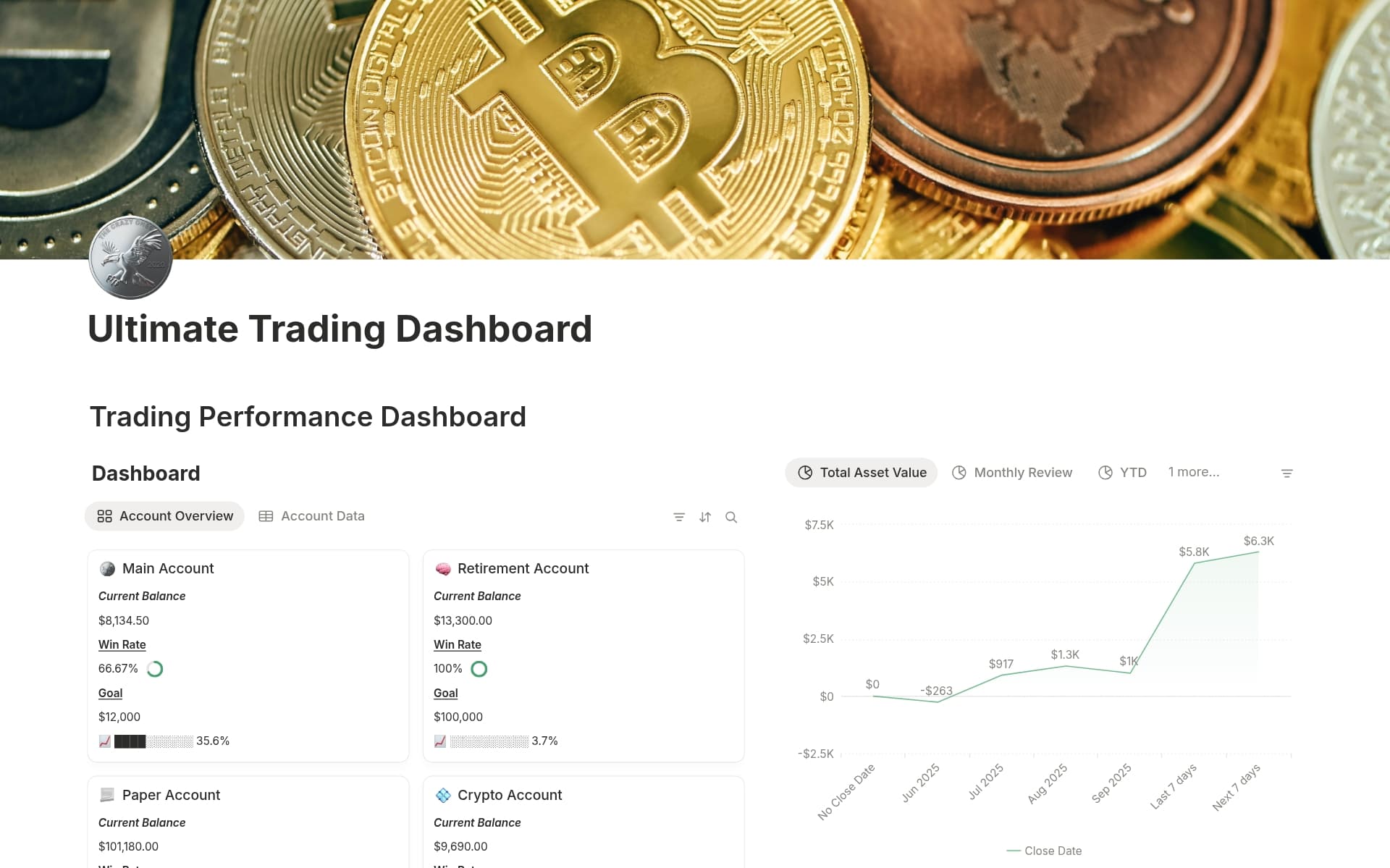Retrospectives are a way for software developers to evaluate their past project performance and pinpoint ways to enhance their processes. A Retrospective template streamlines this reflective practice, making it more structured and actionable by guiding participants through organized steps to identify what worked, what didn’t, and how to improve. Before diving into creating your own Retrospective template in Notion, exploring these examples might simplify the process, tailoring a more effective and efficient approach to conducting retrospectives.
What Should Retrospective Templates Include?
Choosing the right retrospective template can significantly enhance the effectiveness of your team's reflection sessions. Here are key components to look for in a high-quality template:
Clear Objectives: Ensure the template outlines specific goals, helping team members understand the purpose and focus of the retrospective.
Actionable Items: A good template should facilitate the identification of actionable steps that can be implemented to improve future project cycles.
Participant Roles: It should clearly define roles for all participants to promote balanced contribution and interaction during the session.
Feedback Mechanisms: Look for templates that include structured methods for providing and documenting feedback, which is crucial for continuous improvement.
Selecting a template with these components will ensure your retrospectives are both productive and focused, leading to more effective team development and project outcomes.
What Should Retrospective Templates Avoid?
Choosing the right retrospective template is crucial for effective team feedback sessions. However, certain elements can hinder rather than help this process. Here are three key components to steer clear of:
Overly Complex Structures: Templates that are too detailed can confuse participants and detract from the main issues. Simplicity fosters clearer communication.
Fixed, Non-Adaptable Formats: Avoid templates that don't allow customization based on team needs and meeting specifics. Flexibility is essential for addressing unique team dynamics.
Excessive Mandatory Fields: Templates requiring too much mandatory input can be daunting and may discourage thorough and honest feedback. Opt for brevity and relevance.
Remember, the goal of a retrospective is to encourage open dialogue and continuous improvement. Selecting a template that promotes these objectives is key to a successful session.




